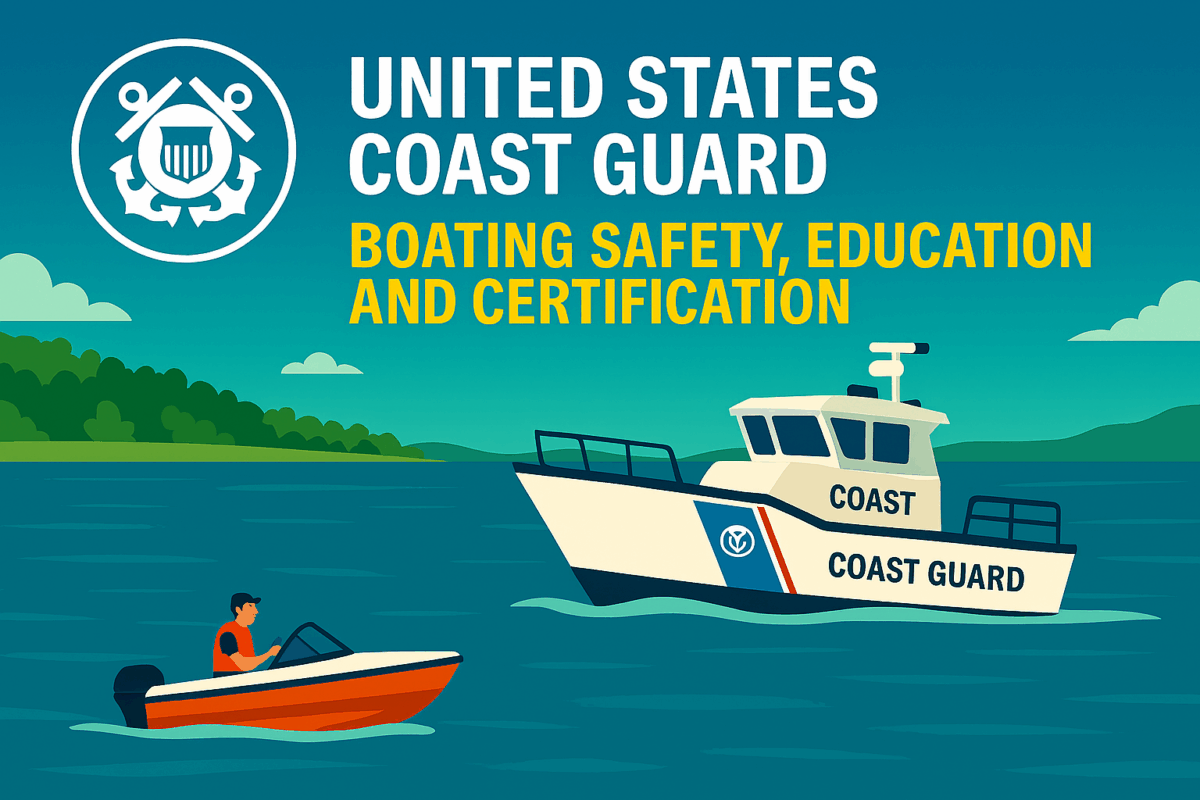Call: 1-800-832-7191

The Good Mate Manual
Why Every Boater Should Know The Good Mate Manual
Environmental stewardship begins with education, and The Good Mate Manual offers boaters a practical guide to responsible marine practices. Because pollution threatens water quality and wildlife, boaters must understand how their actions impact the environment. This manual, developed by Ocean Conservancy in partnership with the U.S. Coast Guard, outlines simple steps to reduce marine pollution.
Moreover, it empowers recreational boaters and marina operators to become leaders in water protection. By following its recommendations, users help preserve the beauty and health of our waterways.
What the Manual Covers
The manual addresses six key areas: oil and fuel, sewage, vessel maintenance, marine debris, stormwater runoff, and vessel operation. Each section explains the environmental risks and offers best management practices. For example, it recommends using absorbent pads in bilges and avoiding overfilling fuel tanks. These actions prevent spills and protect aquatic life.
Additionally, the manual includes checklists, training tips, and regulatory references. Because it’s organized by topic, users can easily find relevant information for their specific needs.
Practical Benefits for Boaters and Marinas
Following The Good Mate Manual helps boaters avoid fines, reduce maintenance costs, and improve safety. Marinas benefit by attracting environmentally conscious customers and enhancing their reputation. Furthermore, the manual encourages cooperation among boaters, staff, and local agencies.
By adopting its guidelines, marinas can improve services like pump-out stations, recycling programs, and fuel dock operations. These improvements support cleaner water and healthier ecosystems. Therefore, the manual delivers both environmental and economic value.
Promoting The Good Mate Manual in Your Community
Boating instructors, clubs, and marina managers should promote The Good Mate Manual during safety courses and outreach events. Sharing printed copies, posting links online, and hosting cleanup days all reinforce its message. Social media campaigns can also highlight success stories and encourage broader participation.
Because small actions lead to big changes, every boater who follows the manual contributes to cleaner, safer waters. Ultimately, The Good Mate Manual helps build a culture of responsibility and respect across the boating community.
